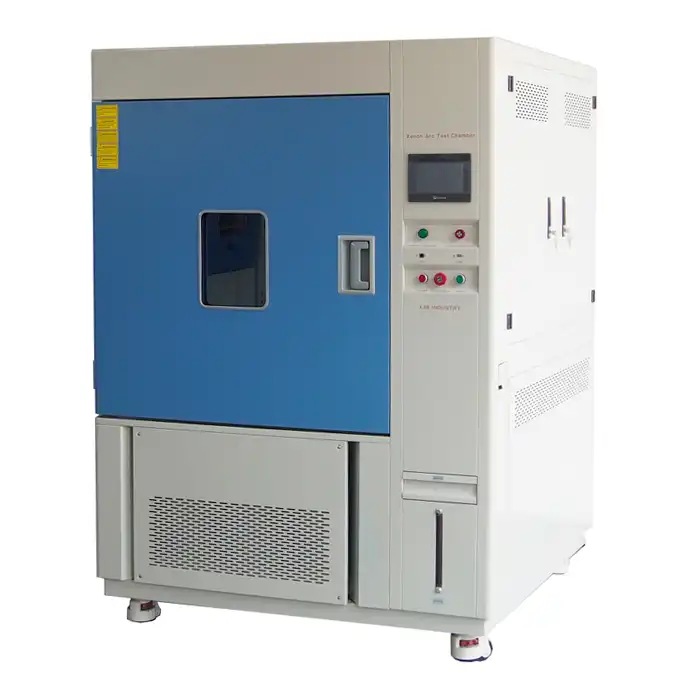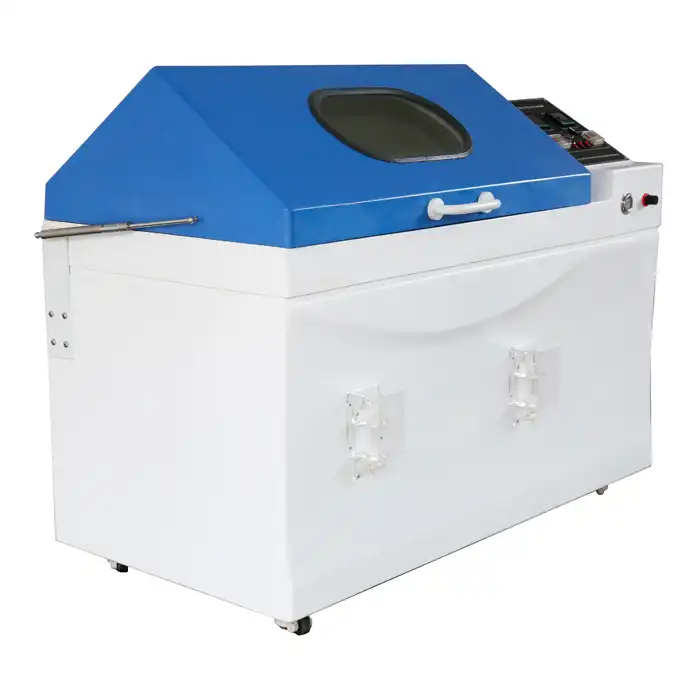What is the xenon Weather test?
In the realm of environmental testing, the xenon weathering test stands out as a crucial process for determining the durability and longevity of materials exposed to various environmental conditions. This test is instrumental in ensuring that products can withstand the harsh realities of the outdoors, making it essential for industries ranging from automotive to textiles. But what exactly is the xenon weathering chamber, and why is it so important? Let's dive deeper into this fascinating topic.
Understanding Xenon Weathering Chambers
A xenon weathering chamber is an advanced testing device designed to replicate the natural aging process that materials and products undergo when exposed to environmental factors such as sunlight, rain, and temperature variations. These chambers utilize xenon arc lamps, which generate a light spectrum that mimics natural sunlight with remarkable accuracy. This spectrum includes both ultraviolet (UV) and visible light, providing a realistic simulation of the sun's effects on materials.
The core function of a xenon weathering chamber is to accelerate the aging process of materials by exposing them to controlled light, temperature, and humidity conditions. By simulating the environmental conditions that products will face in real-world scenarios, these chambers enable manufacturers to evaluate the long-term durability and performance of their products. For instance, a material intended for outdoor use in a sunny and arid region might be subjected to high-intensity UV light and elevated temperatures to assess how it will fare under prolonged sun exposure. Conversely, a product designed for use in coastal areas might be tested for resistance to high humidity and salt spray.
The versatility of xenon weathering chambers makes them invaluable in various industries. In the automotive sector, these chambers are used to test the durability of paint, plastics, and rubber components, ensuring they withstand the rigors of UV radiation and extreme temperatures. In the construction industry, materials like roofing shingles and siding are evaluated for their ability to endure environmental stresses. Consumer goods, including textiles and electronics, also benefit from this testing, as it helps determine how well they will perform under conditions similar to those they will encounter during their service life.
The xenon weathering chamber's ability to replicate a wide range of environmental scenarios allows for comprehensive testing across different climates and conditions. This capability is essential for products intended for global markets, as it ensures they meet performance standards regardless of where they are used. The ability to simulate various weather conditions in a controlled environment also speeds up the testing process, providing valuable insights much faster than traditional outdoor testing methods.
Why Are Xenon Weathering Tests Important?
The primary goal of xenon weathering tests is to predict how a material or product will age when exposed to the elements. This information is vital for several reasons:
Product Development
Manufacturers can use data from xenon weathering chamber testing to improve product durability and performance. By understanding how materials degrade over time, they can make informed decisions about material selection, protective coatings, and other design considerations.
Quality Control
Regular testing ensures that products meet industry standards and customer expectations. By identifying potential issues early in the production process, companies can avoid costly recalls and warranty claims.
Compliance
Many industries have strict regulations regarding product performance and durability. Xenon weathering tests help ensure compliance with these standards, which can vary significantly from one market to another.
Customer Satisfaction
Ultimately, products that withstand the test of time lead to happier customers. Whether it's a car's paint job remaining vibrant after years of sun exposure or outdoor furniture retaining its appearance despite harsh weather, durability is a key factor in customer satisfaction.
What Are the Applications of Xenon Weathering Chambers
Xenon weathering chambers are used across a wide range of industries, each with its own specific testing requirements. Here are some notable examples:
Automotive Industry
Car manufacturers use xenon weathering tests to evaluate the durability of paint, plastics, and interior materials. Ensuring that these components can withstand prolonged exposure to sunlight and temperature fluctuations is crucial for maintaining the vehicle's appearance and functionality.
Textile Industry
Fabrics used in outdoor clothing, upholstery, and other applications are tested for colorfastness and resistance to UV degradation. This helps ensure that textiles retain their color and structural integrity even after extended exposure to the sun.
Construction Materials
Building materials, such as roofing, siding, and windows, are subjected to xenon weathering tests to assess their durability and performance under different environmental conditions. This testing is essential for ensuring the longevity and safety of buildings.
Plastics and Polymers
Many consumer products, from garden furniture to electronics enclosures, are made from plastics that must withstand outdoor conditions. Xenon weathering tests help manufacturers select materials and additives that enhance UV resistance and overall durability.
Conclusion
In summary, the xenon weathering chamber is a vital tool in the field of environmental testing, offering manufacturers a reliable method for assessing the durability and longevity of their products. By simulating real-world weather conditions, these tests provide invaluable data that drive product development, ensure quality, and enhance customer satisfaction. Whether you're developing a new automotive component, textile, or construction material, understanding how it will perform over time is crucial for success.
If you want to learn more about this kind of xenon weathering chamber, welcome to contact us info@libtestchamber.com. With our expertise and comprehensive solutions, we can help you ensure that your products are built to last, no matter what the environment throws at them.
References
1. ASTM International. (2020). Standard Test Methods for Xenon-Arc Exposure of Plastics Intended for Outdoor Applications. ASTM D4459.
2. Kirk-Othmer Encyclopedia of Chemical Technology. (2005). Xenon-Arc Weathering. John Wiley & Sons. ISBN: 978-0471234562.
3. Sperling, L. H. (2014). Introduction to Physical Polymer Science. John Wiley & Sons. ISBN: 978-0471468680.
4. Kumar, M. (2018). Advances in Weathering Test Methods for Polymers. Journal of Testing and Evaluation, 46(2), 356-368.
5. Lai, J. (2017). Effects of Xenon-Arc Weathering on Coatings and Plastics. Materials Performance, 56(6), 38-45.
6. American Society for Testing and Materials (ASTM). (2018). D6695-18 Standard Guide for Xenon Arc Testing.
7. Jordahl, J. (2016). Weathering and Durability Testing of Materials. Materials Science and Engineering, 40(3), 151-163.
8. Blake, C. J. (2015). Understanding Xenon Arc Weathering for Improved Material Performance. Polymer Testing, 42, 224-230.
9. Chung, K. W. (2019). Comparative Study of Xenon Arc and UV Weathering Tests. Journal of Polymer Science, 57(1), 72-80.
10. Keller, S. (2021). The Role of Xenon Weathering Chambers in Automotive Industry Testing. Automotive Engineering, 99(4), 22-30.



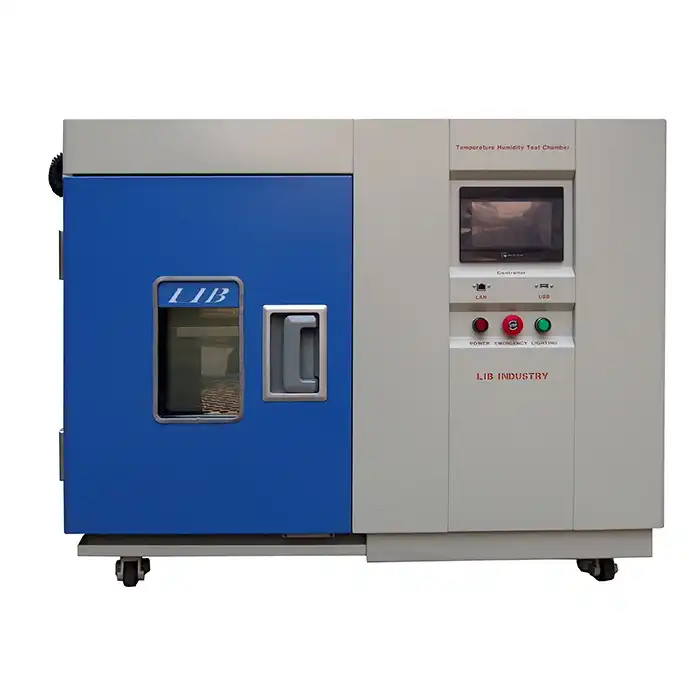
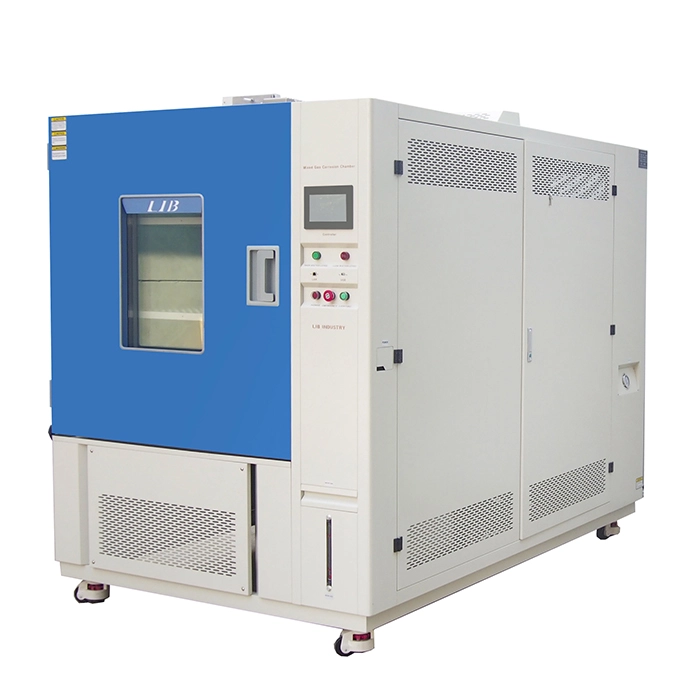
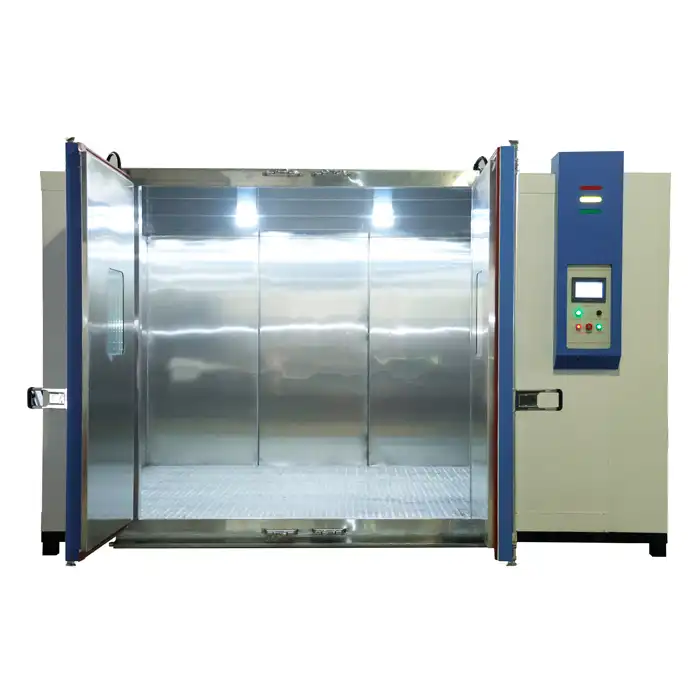
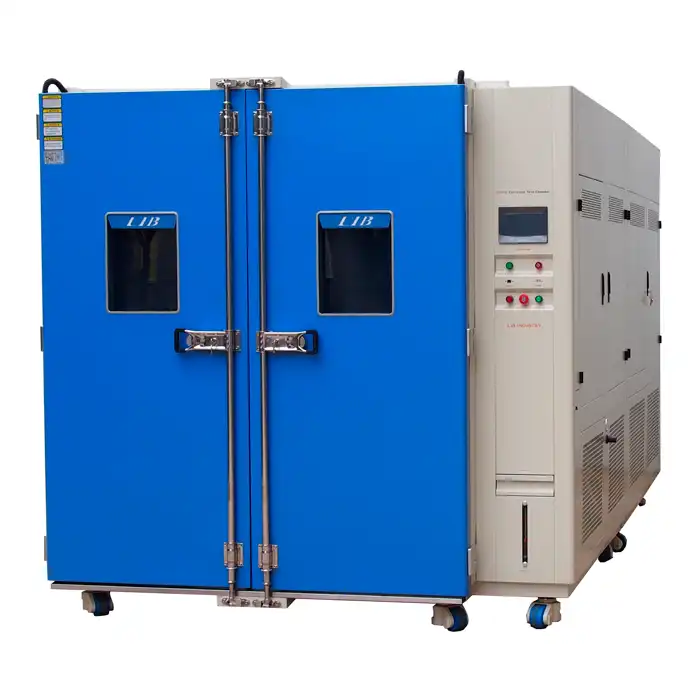
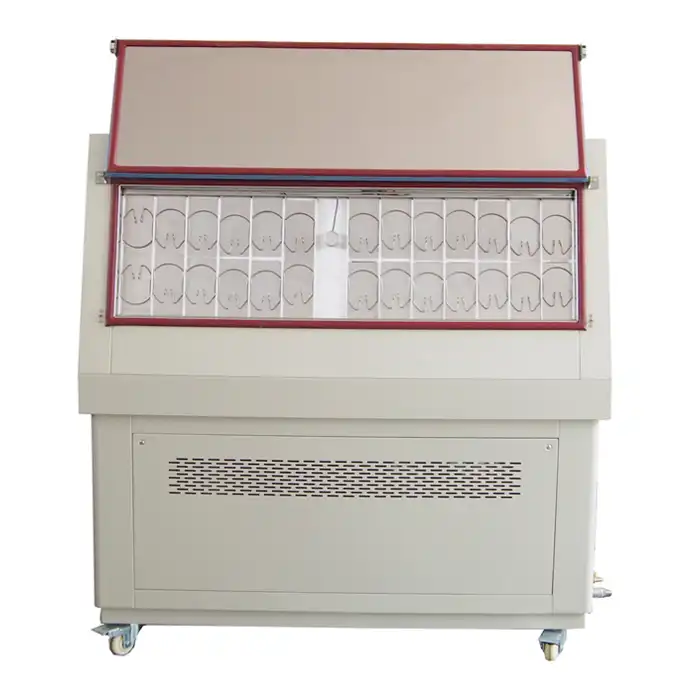
.jpg)
